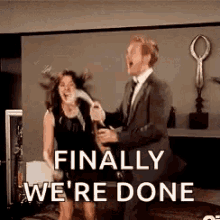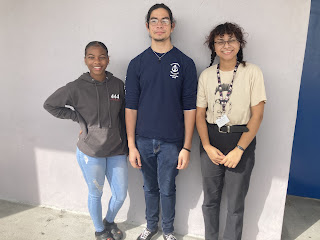Genre research: Thriller
Genre Research: Thriller
Hey guys so for this blog I'll be telling you one of the few genre's I researched to pick for my opening sequence. I decided to start with thriller considering my pitch can work better with a thriller genre. I looked at a lot of examples for thriller and also learned many of its conventions. A thriller movie relies on low-key lighting more than anything else. The small amount of light used on the subject of the camera reels the audience in and has them pay more attention to the screen. It also sets an ominous tone as if something important can happen at any moment. The small amount of light also brings out the feelings that a thriller provides, like anxiety and suspense. In thrillers it's also common for the camera to be at certain angles such as low, high angles and close-ups. These camera angles all go into giving the subject of the camera a kind of power. The low and high angles can give a perspective shot of someone's power compared to a character, like the low angle giving more power to a villain from a heroes perspective or even the audience, and vice versa high angles. The close-up doesn't represent power as much as it emphasizes something that's going on in the screen. The close-up works well with many camera movements that are common in a thriller. The tilt/pan, tracking, and zoom, all conventional camera movements in thrillers, work with the camera angles to bring out the mystery and anxiety a thriller aims to release. Thrillers are also known for the non-diegetic sound they use. Many thrillers have certain sound tracks that represent something is about to happen. In Jaws, the 1975 thriller, there was a constant use of the theme song when a character was about to be killed. Thrillers use non-diegetic sound to bring the audience into the moment and also a way to suggest to the audience that something is going to happen soon. Thrillers rely on the story being told thoroughly but with as little information as possible in order to hook the audience, to do that editing and Mise-En-Scene are two of the most important factors in the conventions of a thriller. Directors for thrillers often use cross-cuts and fast paced editing for the film. The fast paced editing allows for the story to be told from multiple perspectives and brings the audience to the edge of their seat. In every film it all comes down to the acting that brings the film to life. For thrillers this is especially true, any mess up with the make up, costumes or location and the film just loses the elements that make it a thriller. The location is what brings the audience into the realm of the film, while the make-up and props bring the sense of realism which adds that sense of anxiety and makes the audience believe that this could happen in real life on not just on a screen. The acting for a thriller ties it all together. It acts like the glue that connects the movies universe to real world and is ultimately the deciding factor in a thriller. Protagonists are usually casually dressed while the villain is darkly dressed. The make-up and props depend on the film can go anywhere from alien's and advanced weapons to normal humans and a knife. At the end the actors facial expressions and tone of voice have to fit perfectly with the character to make sure that feeling of anxiety, suspense, and mystery a thriller is trying to unveil is properly executed. These are just a few of the conventions that go into making a thriller film.




Comments
Post a Comment